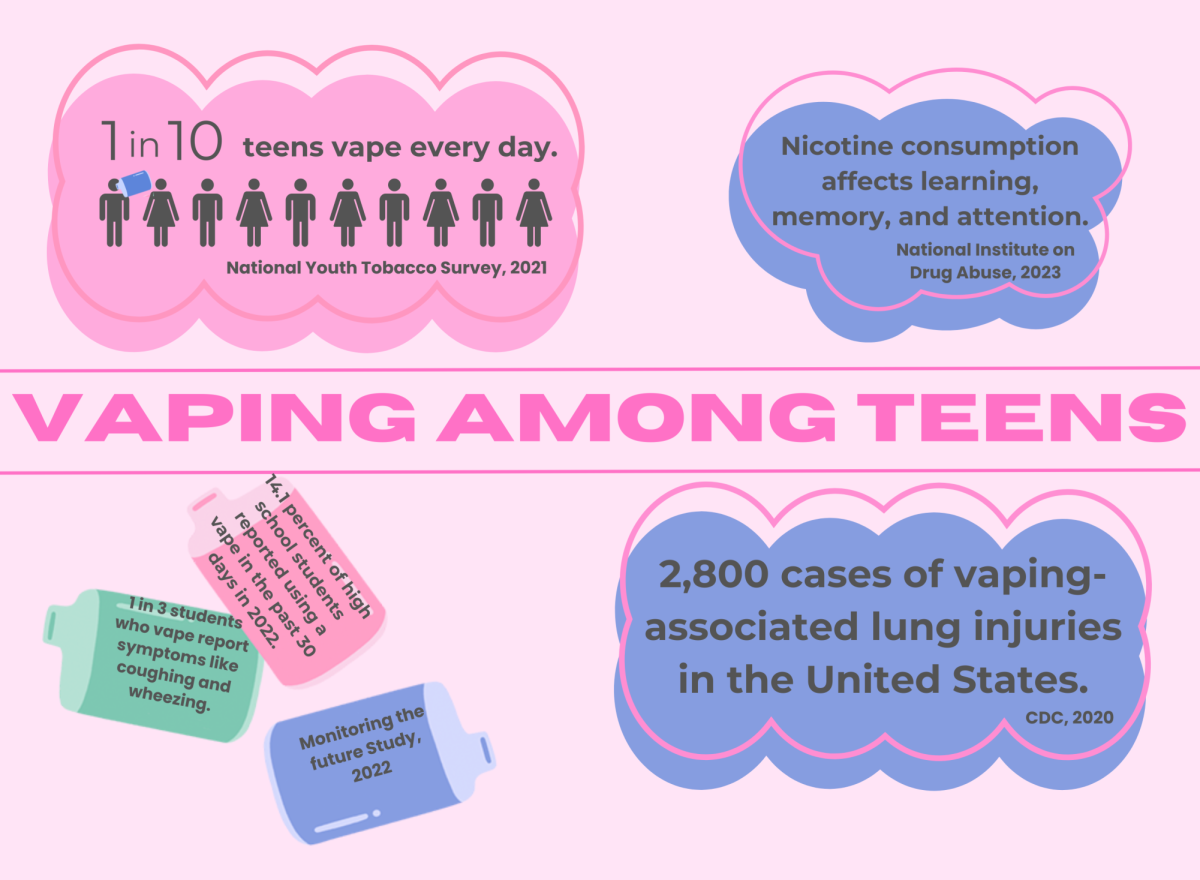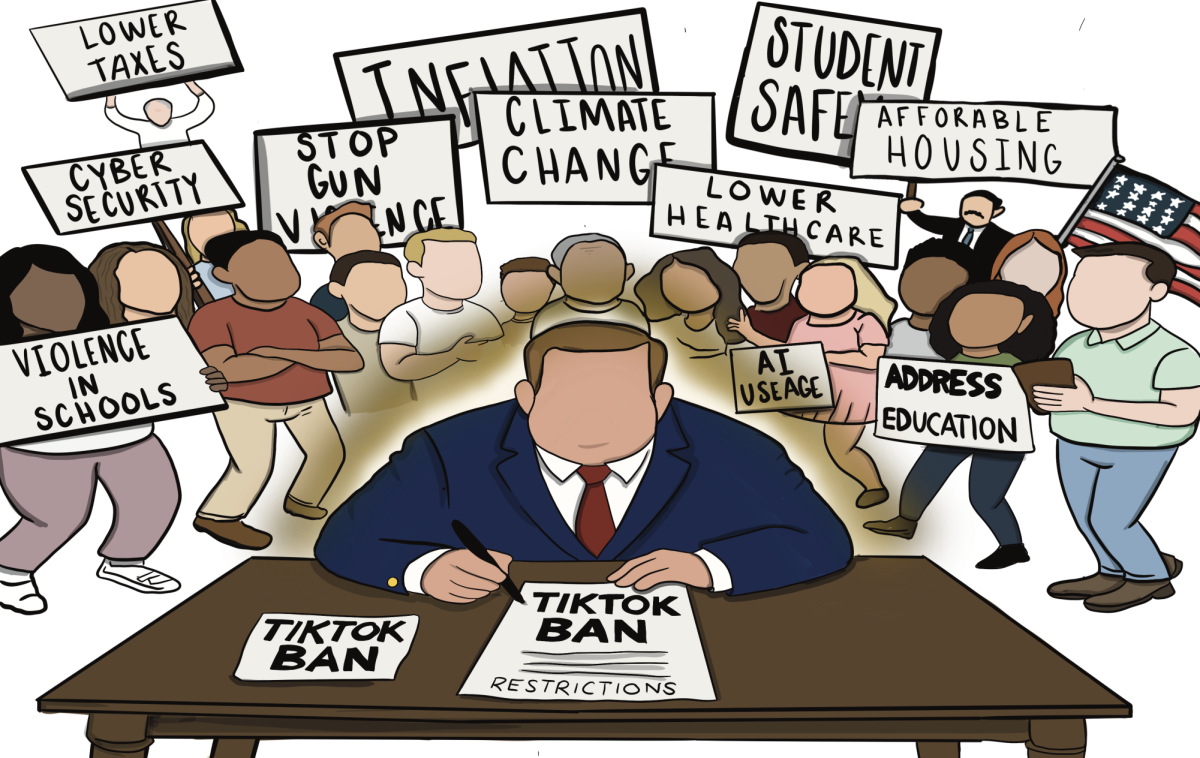As winter quickly approaches, many are excited about anticipated holiday activities. However, some plans might be put to a halt with the recent weather predictions of the National Oceanic and Atmospheric Association (NOAA). There will likely be an abundance of snow, rain, and ice this year because El Niño has hit. El Niño is a weather phenomenon that increases the warming of the Pacific Ocean. However, the impacts extend far beyond the equator.
According to the NOAA, “forecasters issued an El Niño Advisory, noting that El Niño conditions are present and are expected to gradually strengthen into the winter.”
El Niño is a part of the El Niño Southern Oscillation (ENSO) which consists of El Niño, La Niña, and a neutral phase. The different phases cause vastly different conditions and they switch irregularly making it difficult for people to adequately prepare for the conditions. However, meteorologists have detected temperatures 1.78 degrees above average in the Pacific Ocean.
Earth has previously experienced back-to-back La Niña conditions for the past five years. During these years, Georgia experienced much less rainfall and much warmer winters. The last El Niño the United States experienced was in 2019, but the conditions were much weaker than the expected conditions for this winter.
Georgia already felt the effects of El Niño this summer with the wet and soggy conditions in June and a shift in summer temperatures in July this summer. The complex weather patterns of El Niño also increased the amount of natural disasters occurring around the world. The increased moisture in the atmosphere caused extreme rainfall in the central and eastern Pacific and caused dry conditions near the equator.
NOAA predicts wetter-than-average conditions for northern Alaska, portions of the West, the southern Plains, the Southeast, the Gulf Coast and lower mid-Atlantic and drier-than-average conditions across the northern tier of the U.S.
Although no El Niño cycle is the same, the phenomenon has a tendency to make winter conditions in the south colder in the south and warmer in the north of the United States. This also impacts the amount of precipitation present in the U.S. Flooding is an increasingly common phenomenon caused by increased rainfall and rising sea levels due to El Niño.
These winter disasters have already taken a toll on East Africa. The region has been experiencing incessant rainfall since October. The flooding has also caused mudslides that have misplaced around 40,000 Kenyans. This flooding is also expected to affect California later into the winter. Cities along the coastline are expected to see much flooding as El Niño progresses.
The wet conditions are also expected to hit the south this winter, including Georgia. However, instead of floods, the state could receive snowfall this year. This winter Georgia will experience above-average rainfall. With the expected frigid weather, this could be the perfect recipe for snow and ice this winter.
El Niño conditions will likely peak during December through January. This winter could be a strong El Niño, which has only happened five times since 1950. This leads the NOAA to predict that this winter may be one of Georgia’s coldest winters yet.




























